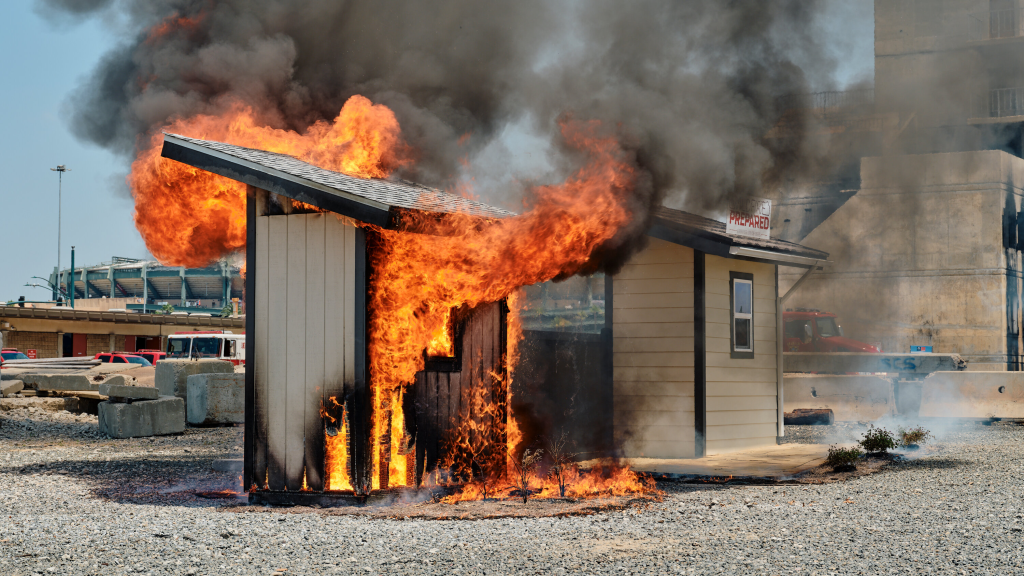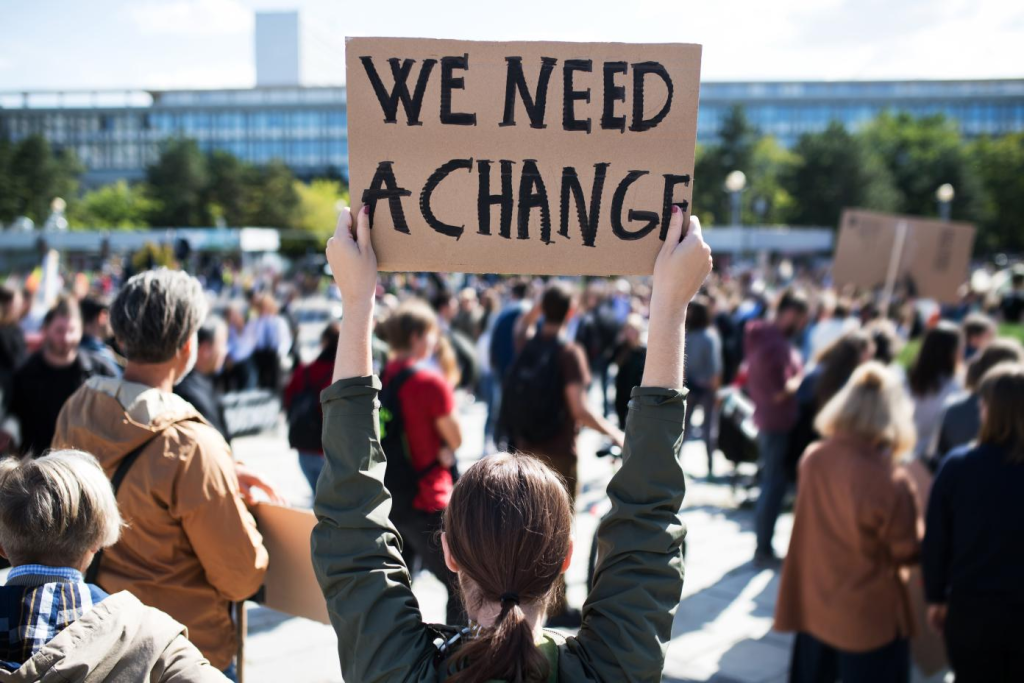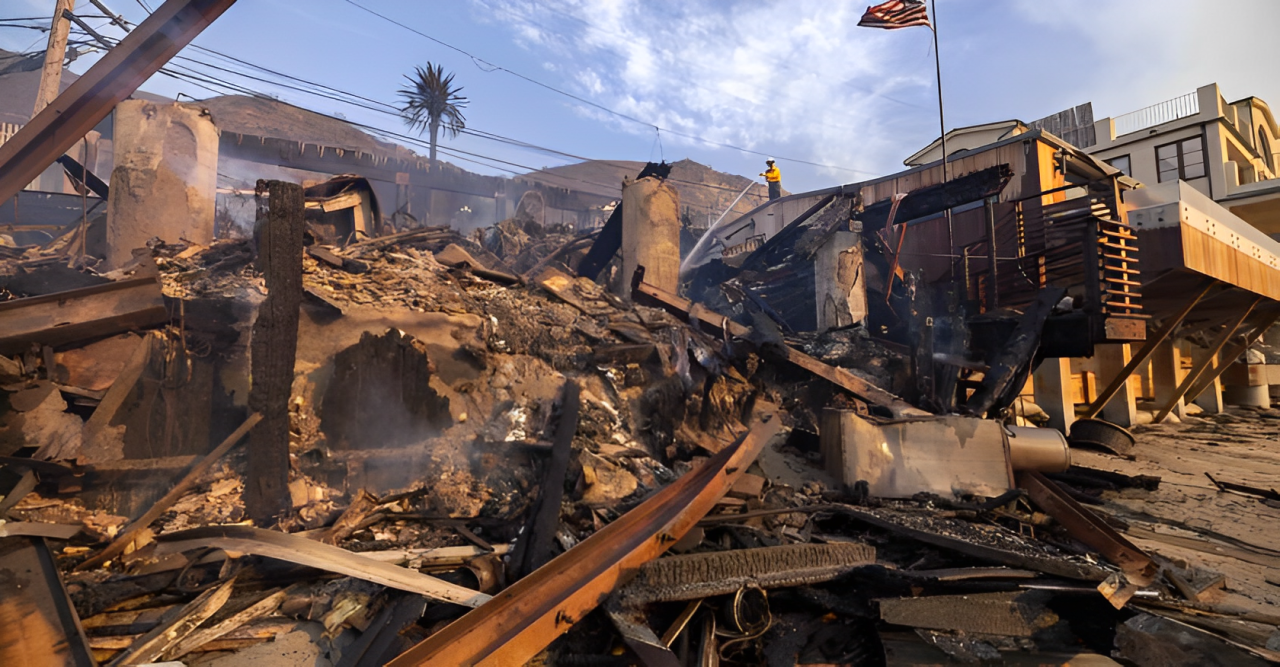As climate risks continue to grow, many industries are facing the tough reality of the impact of natural disasters. Mortgage lending, municipal bond ratings, and home insurance are just a few of the financial sectors that are grappling with the consequences of climate change.
Experts believe it’s only a matter of time before the insurance industry begins to show signs of strain. The increasing threat of extreme weather events, such as wildfires, is making it harder for insurers to keep up with the rising costs.
For years, climate researchers have predicted that certain financial instruments would eventually be under pressure due to climate risks. While bond ratings were initially expected to feel the weight of these risks, it’s the insurance sector that’s now facing a real challenge. As insurers start pulling back from high-risk areas, such as wildfire-prone zones, many people are left questioning whether their homes will be protected when disaster strikes.
Insurance Companies Pulling Back Due to Wildfire Risks
In recent years, some major insurance companies, including State Farm and Allstate, have announced they will no longer write new policies in California due to the growing risks from wildfires. These insurers are concerned about the massive property losses that are becoming more likely as wildfires increase in both frequency and severity.

Wildfires like those that devastated the town of Paradise, California, in 2018, have led insurers to raise rates and, in some cases, even drop coverage for certain areas. The consequences of these actions are far-reaching, affecting homeowners, tenants, and entire communities.
Thomas Ruppert, a coastal resilience expert at the College of William & Mary, points out that as risks grow, so do costs. The question is: who will bear these increased costs? In areas prone to extreme weather events, property owners who have invested in safety measures may still see their insurance premiums rise or coverage canceled altogether. This highlights the ongoing challenge of balancing the need for affordable insurance with the reality of increasing climate risks.
The Strain on Public Insurance Programs
While private insurers are pulling back from high-risk areas, some states, including California, have tried to step in by offering public insurance programs to cover those who cannot get private coverage. However, these public programs often have limitations.
They are designed to provide coverage for the most severe cases but can quickly become overwhelmed during large-scale disasters. After the recent fires in Los Angeles, both California Governor Gavin Newsom and Los Angeles Mayor Karen Bass indicated that they would take steps to help communities rebuild quickly. This includes waiving certain permitting requirements to expedite the rebuilding process.
However, experts, like Moira Birss from the Climate and Community Institute, argue that rebuilding without addressing the root causes of the risk can be shortsighted. It may place future generations in danger if the same areas are rebuilt without considering safer locations or stronger building methods. While rebuilding efforts are necessary, experts emphasize that long-term solutions must involve rethinking how and where communities are constructed to reduce future risks.
Public Support for Climate Resilience
Despite the challenges, many people support the idea of public insurance programs to manage climate risks. Recent polls indicate that people trust state and local governments more than private companies when it comes to addressing climate-related risks.

Proposals like the creation of state-level Housing Resilience Agencies, which would oversee public disaster insurance programs and help coordinate climate resilience efforts, are gaining traction. These agencies could play a vital role in ensuring that communities are better prepared for future disasters.
Rethinking the Role of Insurance in Climate Change
As the risks associated with climate change continue to rise, experts agree that insurance companies and policymakers must take action to ensure that communities are not left vulnerable. Insurance companies should be required to consider property-level mitigation measures when setting premiums and offering coverage. States should also pressure insurers to divest from fossil fuels, which contribute to global warming, further exacerbating the risks.
But experts also warn that insurance alone is not enough to protect communities. The most important step, they say, is to rethink how communities are designed in the face of rising climate risks. Simply raising premiums and shifting the costs to policyholders will not solve the underlying problems. The focus must shift toward reducing the risks at the source—through efforts to decarbonize and build resilient infrastructure.
Conclusion
The growing challenges faced by the insurance industry are only a reflection of the broader climate risks that people face. While insurance can provide a temporary safety net, it cannot fully address the root causes of the problem.
Experts like Carolyn Kousky from the Environmental Defense Fund emphasize that without significant efforts to reduce carbon emissions and build resilient communities, the costs of climate change will continue to rise. It’s time for policymakers, insurers, and communities to work together to create sustainable solutions for the future.
Disclaimer: This article has been meticulously fact-checked by our team to ensure accuracy and uphold transparency. We strive to deliver trustworthy and dependable content to our readers.

